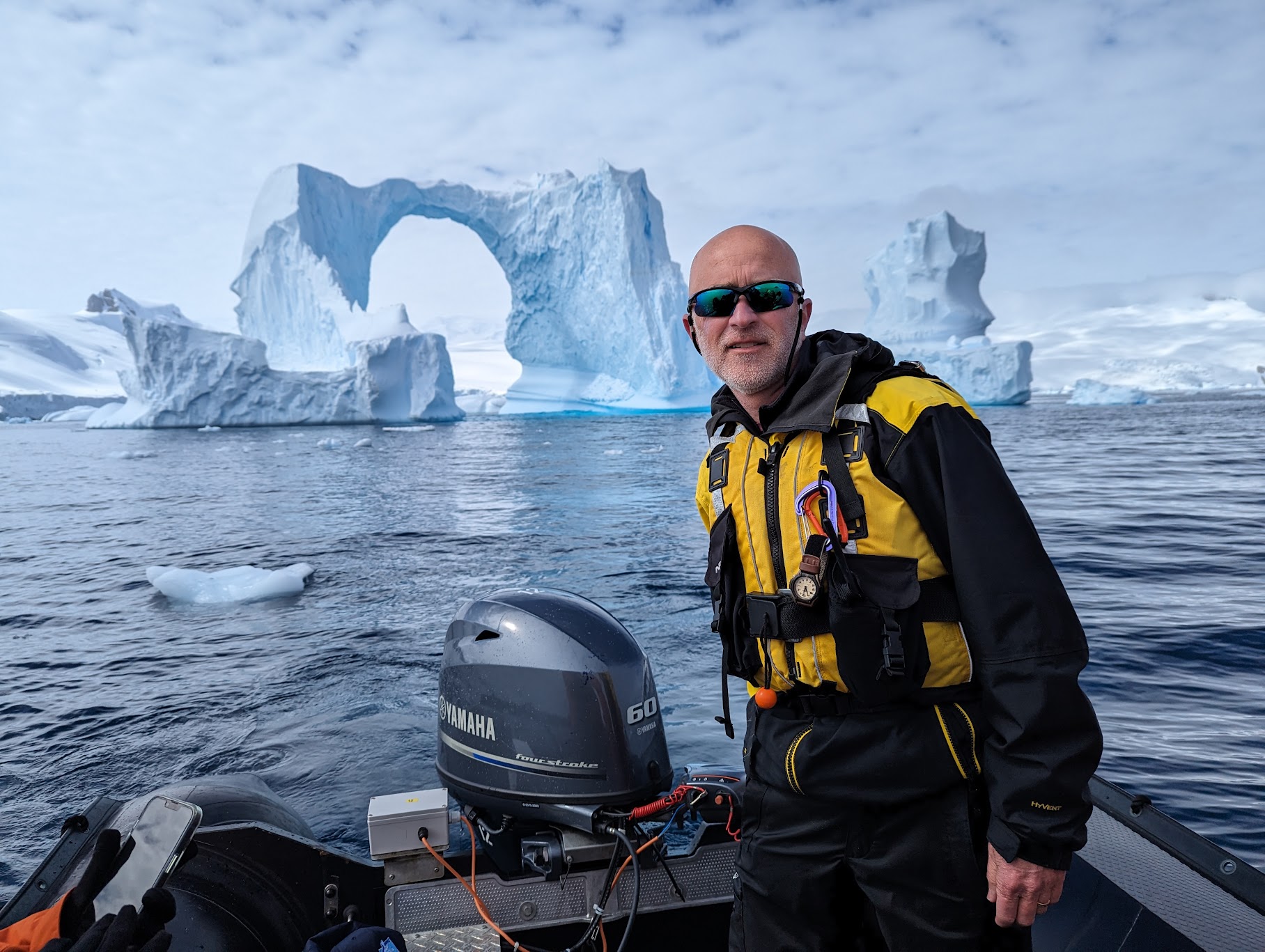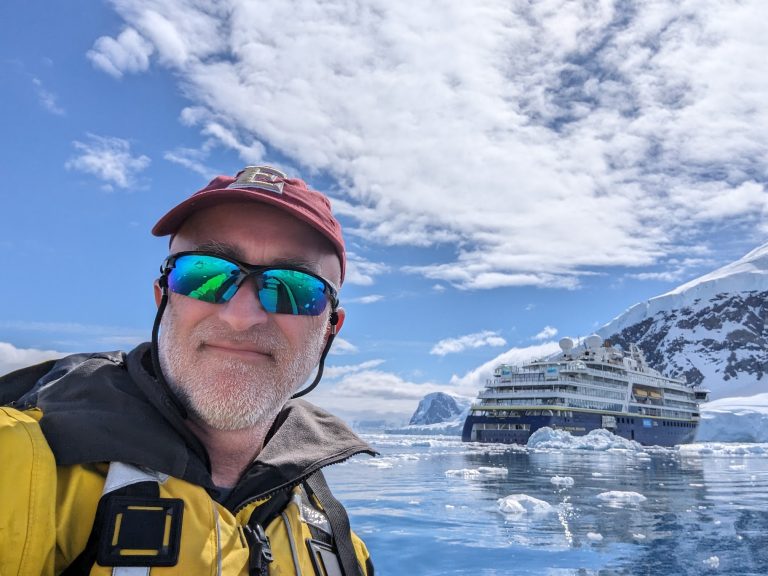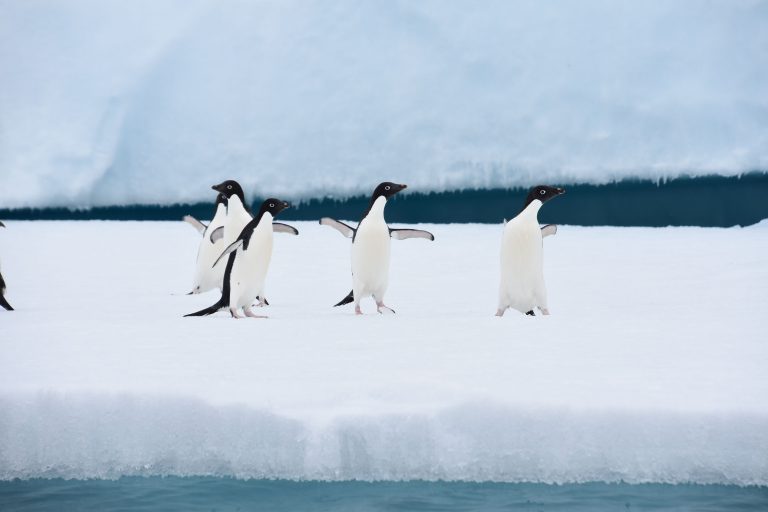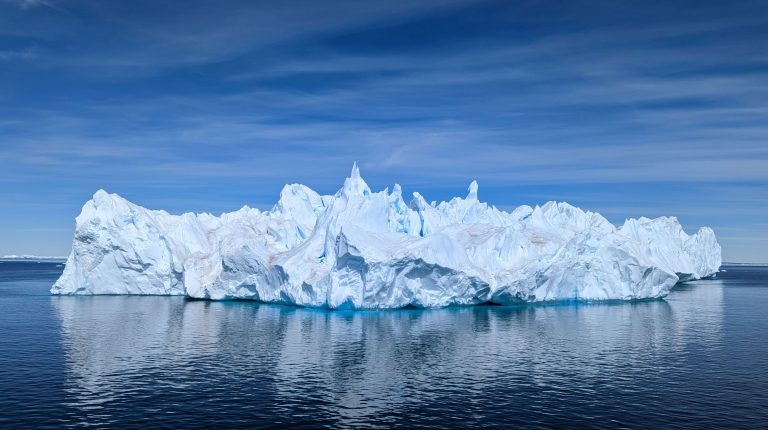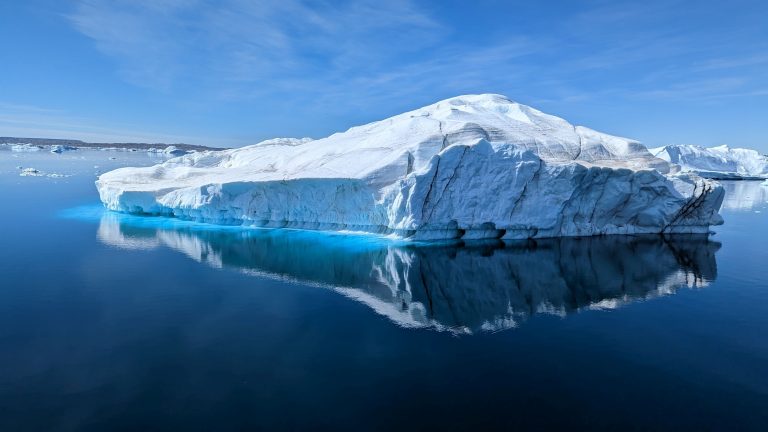Tim Martin, instructor in physics, will make his fifth and sixth trips to Antarctica this Winter Term with National Geographic Lindblad Expeditions. As an expedition guide, he leads passengers on excursions and teaches about geology, meteorology and astronomy.
Hiking a glacier near the Antarctic Peninsula, Instructor in Physics Tim Martin suddenly realized the gravity of the moment.
Martin had been asked to lead a hike as an expedition guide with National Geographic Lindblad Expeditions. The stop was unplanned, and the terrain was unknown. In search of better weather, their ship had sailed into uncharted waters — previously too ice-covered to explore, but climate change had caused enough melt to make the area navigable. There was no record of any other ships traveling there.
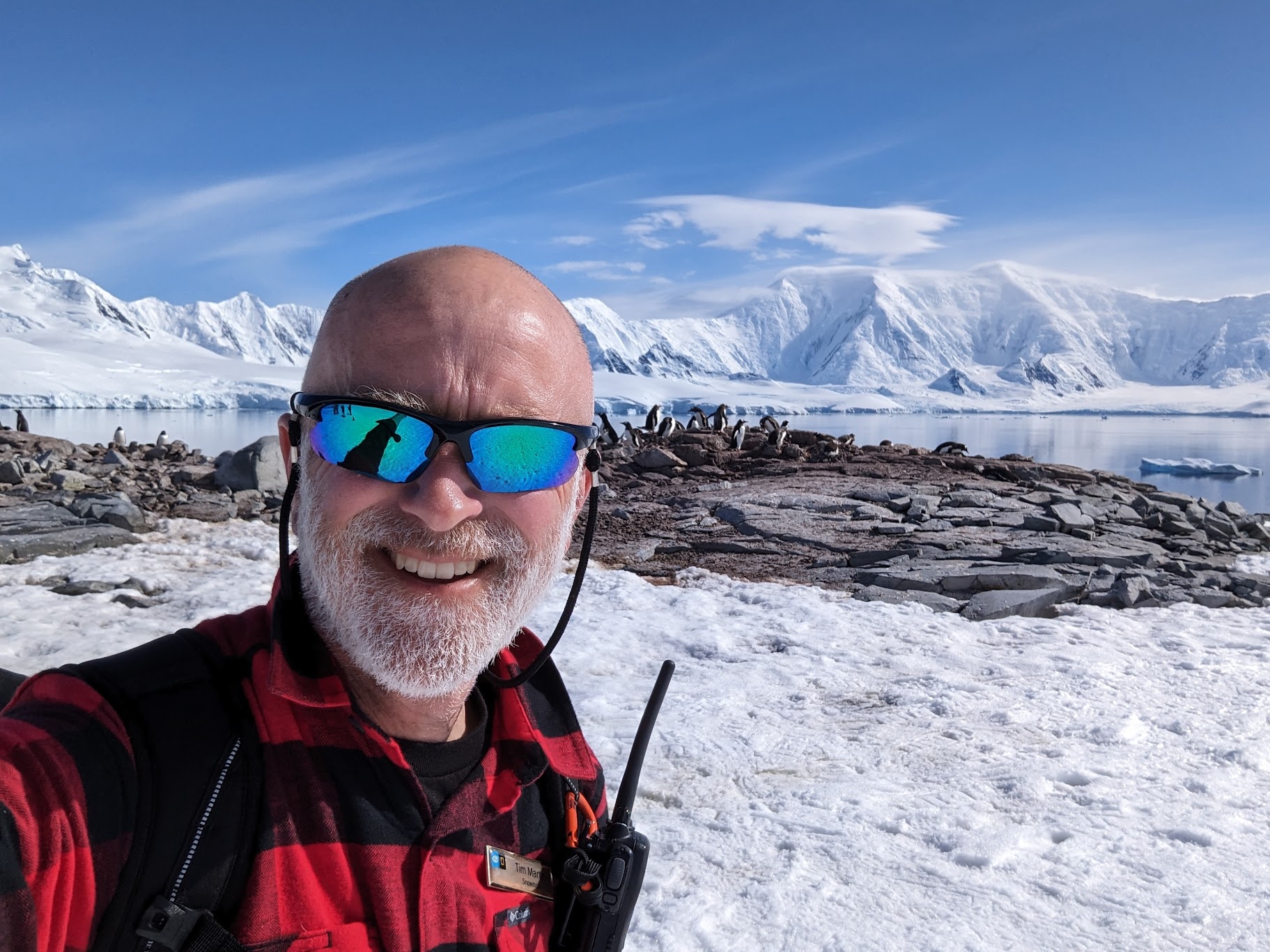
“We hiked up to this glacier to try and scout a path and we realized: We may have been, if not the absolute first, certainly among the first human beings to ever walk on that ground,” Martin said. “It’s mind-blowing to take in a landscape and realize you may be the first to do that. And it’s bittersweet because it’s only accessible because we’re in a time period when sea ice and conditions are changing.”
Martin will make his fifth and sixth trips to Antarctica this winter as a guide for National Geographic Lindblad Expeditions. Through lectures and presentations, he provides eco-tourists aboard the vessels with geologic, meteorologic and astronomical information to interpret what they’re witnessing. Other guides provide information around wildlife and life sciences. Martin also guides tours in arctic areas of the northern hemisphere.
“Antarctica is unlike anything else,” he said. “We joke that people come for the penguins but leave with the ice. The landscapes carved by the glaciers, and the snow and ice are enchanting, and the grandeur and scale is hard to comprehend. You sail by icebergs that are miles long.”
He became involved with National Geographic when he was a K-12 teacher and received a National Geographic Grosvenor Teacher Fellowship to join a 2016 expedition to Iceland. He remained in touch with expedition staff and was encouraged to become an expedition guide.
At Elon, the expeditions inform his teaching about geology and climate. Besides glacial transformations, Antarctica’s landscape is shaped by volcanic activity. Showing photo evidence of those formations and his personal experiences into the classroom “brings a richness” to his courses. They also continue his scholarship of scientific teaching and learning and advance his desire to make science education accessible to the masses.
“I’m convinced that better communication around science is desperately needed, to take these bigger ideas and bring them down to a level where they can be understood by the general public and used in science education at the K-12 level,” Martin said. “There are lots of intelligent people out there who maybe don’t have experience understanding how all of these systems work together.”



